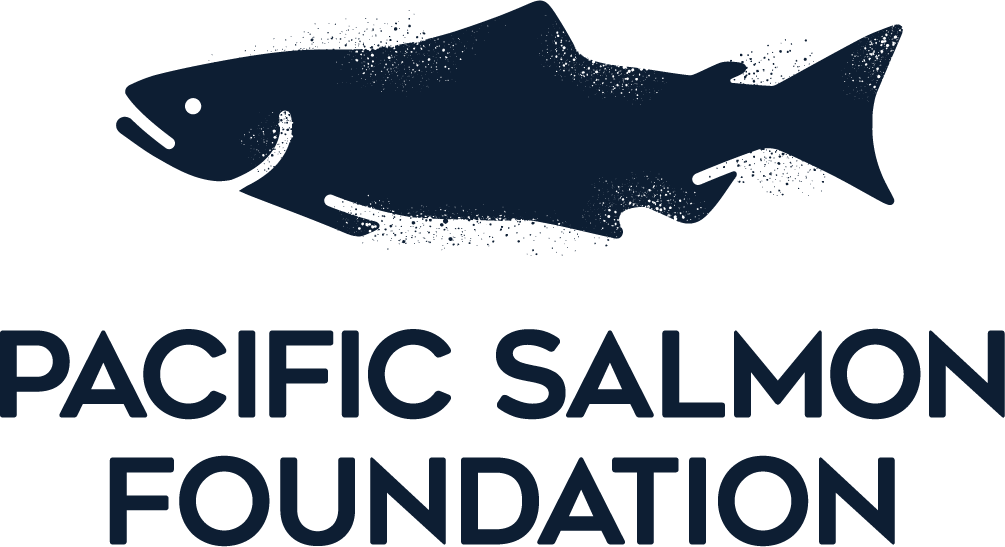Quantifying potential propagule pressure of aquatic invasive species from the commercial shipping industry in Canada
We quantify and compare different measures of potential propagule pressure (PPP) of aquatic invasive species (AIS) from commercial vessels in Canada. We used ship arrivals and ballast water discharge volumes as proxies for PPP from ballast water organisms, and wetted surface area (WSA) as a proxy for hull fouling PPP, to determine their relative contributions to total PPP. Our study illustrates benefits and limitations of using different PPP proxies to estimate invasion risk.
Simple
- Date (Publication)
- 2012
- Cited responsible party
-
Organisation name Individual name Electronic mail address Role DFO
Colin Levings
Principal investigator Institute for Resources, Environment and Sustainabiltiy at UBC
V. Lo
Principal investigator Institute for Resources, Environment and Sustainability
K.M.A. Chan
Principal investigator
- Presentation form
- Digital document
- Other citation details
-
Marine Pollution Bulletin 64 (2012) 295–302 journal homepage: www.elsevier.com/locate/marpolbul doi:10.1016/j.marpolbul.2011.11.016 Abbreviations: AIS, aquatic invasive species; PPP, potential propagule pressure; FT, flow-through exchange; MOE, mid-ocean exchange; SWF, saltwater flushing.
- Purpose
-
In our study we quantified the PPP of AIS from shipping activities to all major Canadian shipping ports in the Atlantic, Great Lakes-St. Lawrence, and Pacific shipping regions. To our knowledge, this is the first such comprehensive analysis of propagule pressure on a national scale (but see DiBacco et al. (2011) for an analysis of ballast water zooplankton densities for vessels transiting Port Metro Vancouver and several East coast ports).
- Status
- Completed
- Maintenance and update frequency
- Not planned
-
Government of Canada Core Subject Thesaurus
-
-
Invasive species
-
-
Global Change Master Directory (GCMD) Science Keywords v15.9
-
-
Earth Science > Biosphere
-
Earth Science > Biosphere > Ecological Dynamics > Community Dynamics > Invasive Species
-
-
DFO Areas
-
-
North Pacific Ocean > Fraser River and BC Interior
-
North Pacific Ocean > South Inner Coast(Johnstone Strait, Strait of Georgia, Juan de Fuca, inlets and passages)
-
-
DFO Areas
-
-
North Pacific Ocean > Fraser River and BC Interior
-
North Pacific Ocean > South Inner Coast(Johnstone Strait, Strait of Georgia, Juan de Fuca, inlets and passages)
-
- Use limitation
-
Copyright 2011 Elsevier Ltd. All rights reserved.
- Language
-
English
- Character set
- UTF8
- Topic category
-
- Oceans
- Environment description
-
14 KB
- Description
-
Data were grouped according to three major shipping regions in Canada: the Atlantic coast, GLSL and Pacific coast. Ports east of Quebec City were classified as Atlantic ports, as the limit of saltwater intrusion is usually at Quebec City or at Île D’Orléans, just west of Quebec City (Gobeil, 2006). In the Pacific region, Port Metro Vancouver sub-ports and regions (Fraser Port, Vancouver Port-Burrard Inlet, Roberts Bank, Port Moody) were treated separately in our analysis as they are geographically distinct and ballast water data were available for each sub-port.
))
- Begin
- 2008
- End
- 2012
- Supplemental Information
-
We quantify and compare different measures of potential propagule pressure (PPP) of aquatic invasive species (AIS) from commercial vessels in Canada. We used ship arrivals and ballast water discharge volumes as proxies for PPP from ballast water organisms, and wetted surface area (WSA) as a proxy for hull fouling PPP, to determine their relative contributions to total PPP. For three regions studied, PPP proxies correlated significantly across ports and some vessel categories. Relative contributions of ship arrivals, ballast discharge, and WSAs to PPP, evidenced by non-significant correlations across these measures, varied across regions, ports, vessel types, and seasons. Flow-through (dominant on east and west coasts) and empty-refill (in Great Lakes-St. Lawrence region) were the major ballast water exchange methods employed by the vessels surveyed. These methods have different biological efficacy for AIS removal, influencing PPP. Our study illustrates benefits and limitations of using different PPP proxies to estimate invasion risk.
- Distribution format
-
Name Version electronic
none
- Distributor contact
-
Organisation name Individual name Electronic mail address Role Pacific Salmon Foundation
Isobel Pearsall
Distributor
- OnLine resource
-
Protocol Linkage Name WWW:LINK-1.0-http--link
https://www.dfo-mpo.gc.ca/science/data-donnees/index-eng.html DFO Science website
WWW:DOWNLOAD-1.0-http--download
https://soggy2.zoology.ubc.ca/geonetwork/srv/api/records/ed093058-8b39-4137-857a-6cf74b421abe/attachments/ed093058-8b39-4137-857a-6cf74b421abe.pdf ed093058-8b39-4137-857a-6cf74b421abe.pdf WWW:DOWNLOAD-1.0-http--download
https://soggy2.zoology.ubc.ca/geonetwork/srv/api/records/ed093058-8b39-4137-857a-6cf74b421abe/attachments/ed093058-8b39-4137-857a-6cf74b421abe.xlsx ed093058-8b39-4137-857a-6cf74b421abe.xlsx
- Hierarchy level
- Dataset
- Statement
-
Levings produced paper copy. Fraser scanned with Fujitsu Scansnap s1500 (ABBY Finereader OCR software). Data was extracted through Adobe Reader conversion and manual entry into MS Excel.
Metadata
- File identifier
- ed093058-8b39-4137-857a-6cf74b421abe XML
- Metadata language
-
eng
- Character set
- UTF8
- Hierarchy level
- Dataset
- Date stamp
- 2023-12-19T00:17:32.075Z
- Metadata standard name
-
North American Profile of ISO19115:2003 - Geographic information - Metadata
- Metadata standard version
-
NAP - CAN/CGSB-171.100-2009
- Metadata author
-
Organisation name Individual name Electronic mail address Role Pacific Salmon Foundation
Sarah Fraser
Author
- Other language
-
Language Character encoding French UTF8 English UTF8
Overviews

Spatial extent
))
Provided by
